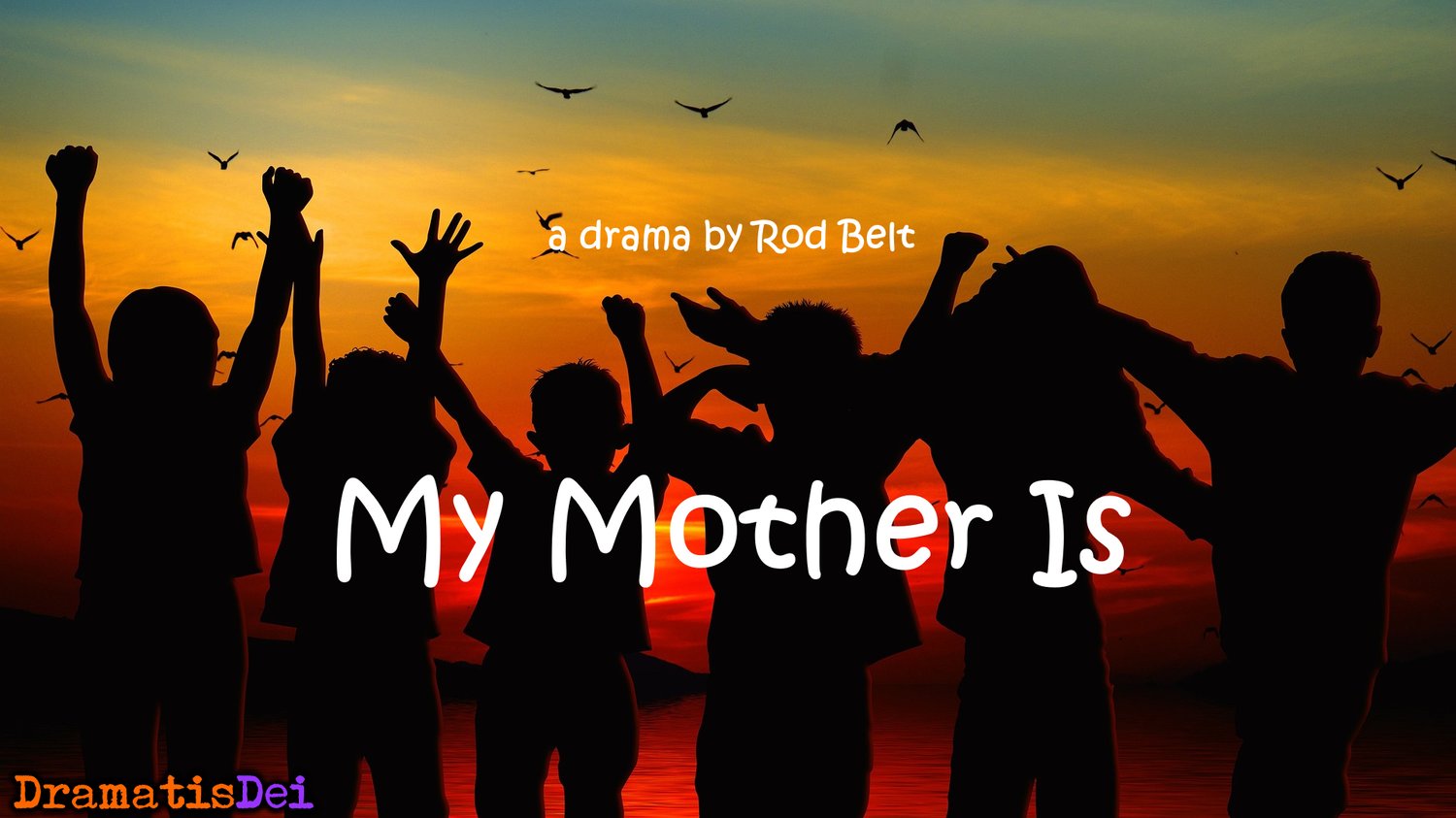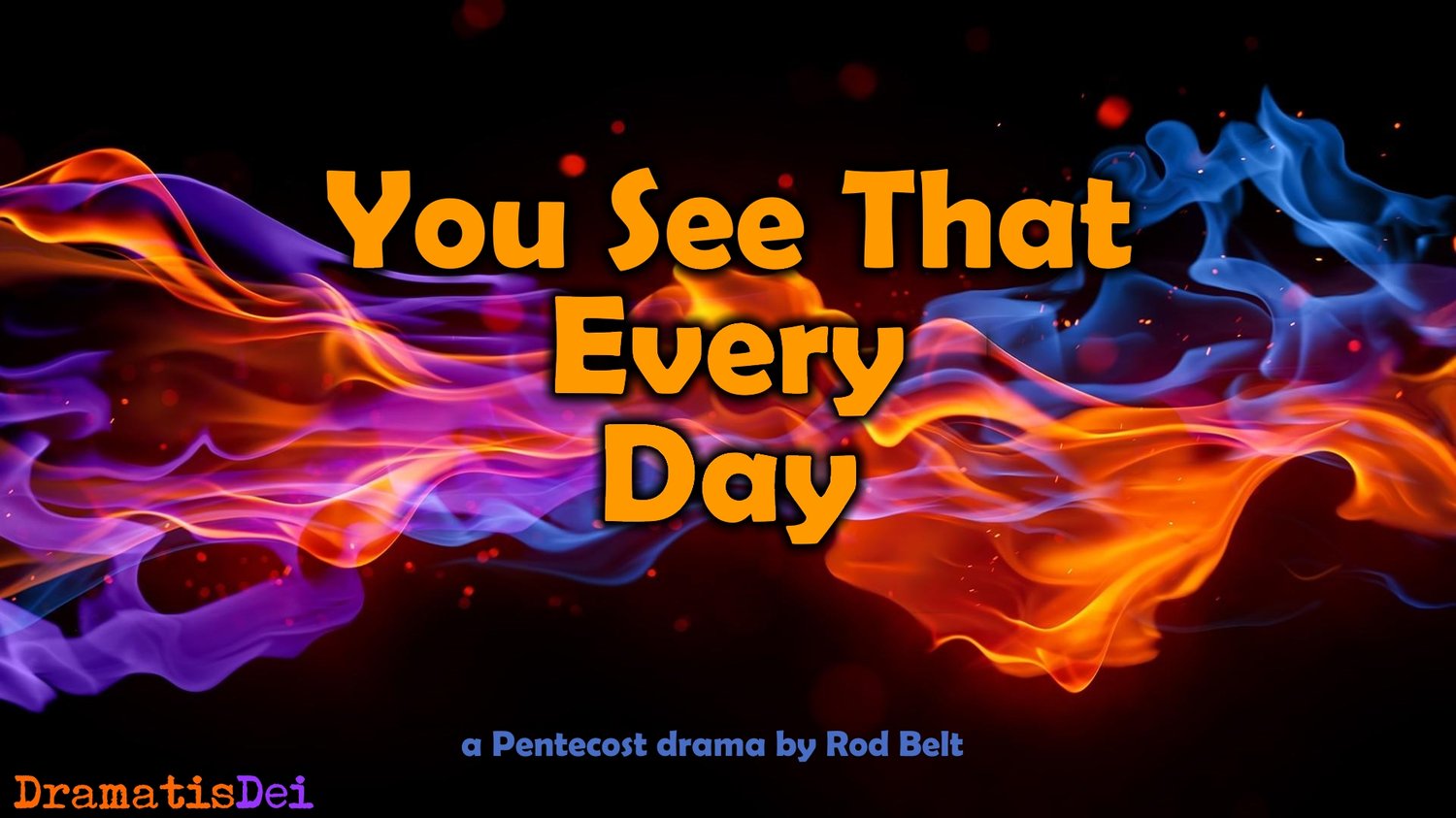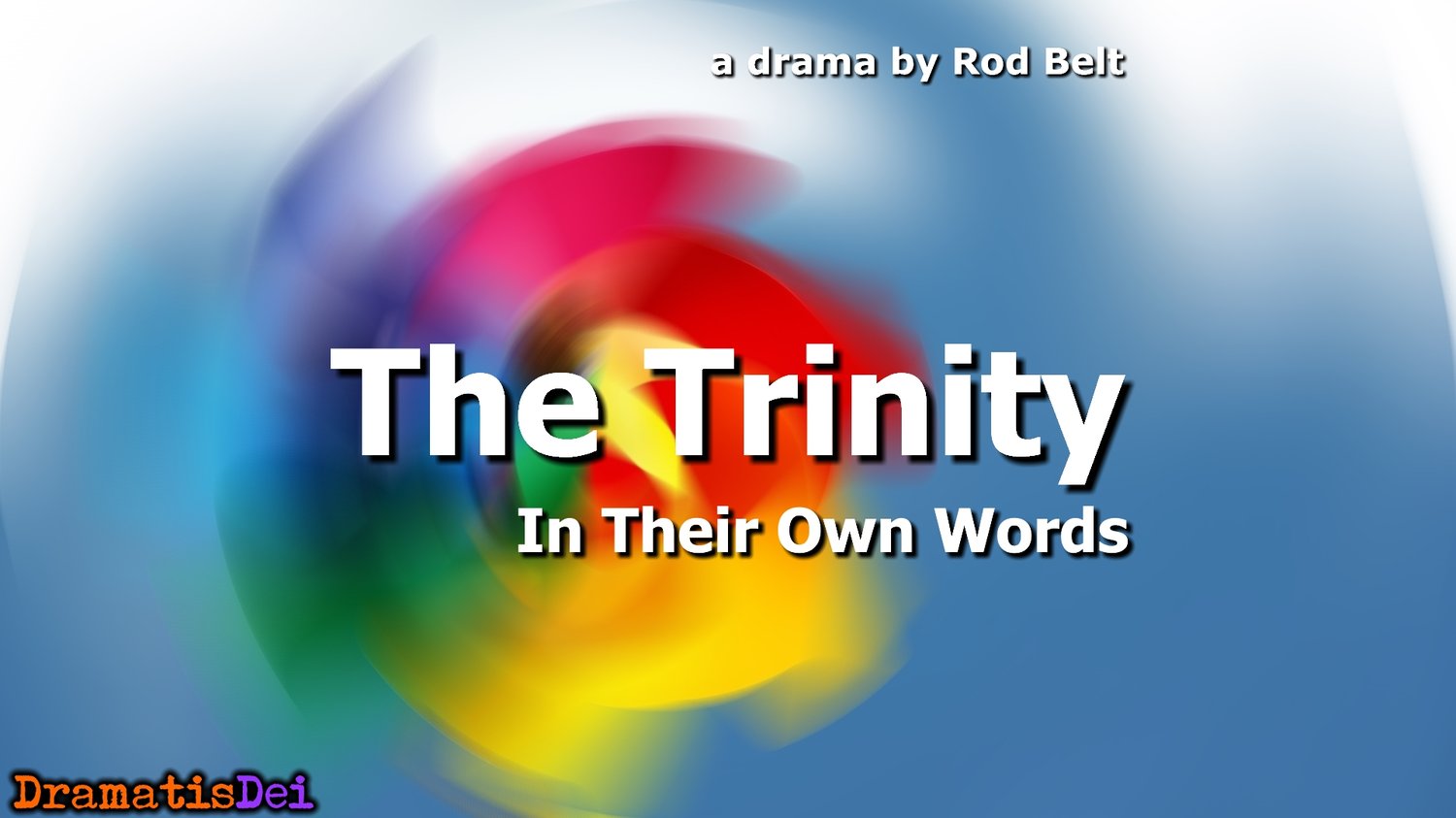If you are going to act in a play or short drama, direct it, produce it, write it or just read it for pleasure, you are going to have to understand the layout of a drama script. They may look a little strange if you haven’t encountered one before, but honestly, they are easy.
Drama scripts are simple
Drama starts with a script. This is a document that tells you everything you need to know to stage the drama. Scripts can look daunting if you are not used to them but you just need to understand the various parts. Though this will vary a little depending on the individual styles of the writer and publisher, nearly all scripts will contain three things: a character list, dialogue and stage directions.
Character list
First you will almost certainly get a list of the characters appearing in the drama. This may also give you a little bit more information about each character – maybe their job or relationship to others in the play - but like so much else in a script, this varies from writer to writer. This example is part of the list from Twelfth Night by William Shakespeare.
THE CHARACTERS IN THE PLAY
ORSINO, Duke of Illyria
VALENTINE, CURIO Gentlemen attending on Orsino
First Officer
Second Officer
VIOLA, a shipwrecked lady, later disguised as Cesario
SEBASTIAN, her twin brother
CAPTAIN of the wrecked ship
ANTONIO, another sea captain
Notice that the characters’ names are printed in upper case – this is standard and continues throughout the script so that each actor can spot their own character amid the sea of words.
The character list may be called various things depending on the age of the script and the whim of the author or publisher; you may come across variations of “Cast”, "Characters", "Persons represented", “Characters in the play” (or "Dramatis personae", its Latin equivalent).
Somewhere near the character list there may (or may not) also be notes that the author thinks will help you, such as where and when the play is set, any special props or costumes or music, or comments on foreign or dialect words used.
Dialogue
Let’s cut to the chase: a script is just a list of who says what. In order. Starting at the top. Here is an example from the play OUR DAY OUT by Willy Russell.
MRS KAY: How are you getting on? Plying you with questions?
BRIGGS: Yes, yes they've been... very good.
MRS KAY: I’m just going for a cup of coffee. Want to join me?
BRIGGS: Well I was just on my way to the Pet's Corner...
ANDREWS: It's all right sir, we'll go on our own.
MRS KAY: Oh come on, they'll be all right.
BRIGGS: But can these people be trusted Mrs. Kay?
Here MRS KAY asks a question, then BRIGGS answers, MRS KAY asks some more... and so on. Simple and obvious, isn't it? Note that, as with the character list, the character names are in upper case to separate them from the dialogue (Which helps the actor to remember not to say them!).
Stage Directions
Stage directions are the writer's way of telling the actors and director a bit more about what to do rather than what to say. Stage directions can include virtually anything but here I’ll separate them into three basic sorts:
- Scene directions (or setting directions). These will occur at the beginning of a scene describing the location or setting, layout or feel, lighting and props and other elements of the scene and may include who is already on stage and what they are doing;
- Technical directions. These describe things that happen on stage and may.include special effects, props, sound effects and lighting, and may even describe a mood such as “tense”;
- Character directions. These describe an individual character's movements, expression, mood, who they are talking to etc.
This is a very rough division - directions don't really divide up this neatly and they certainly aren't labelled as separate types, I'm just separating them out to give you a feel for the different sorts of directions you may encounter, but you will tend to find that one runs into another in a script.
Writers use differing ways of presenting these but normally they will be in italics and (especially for character directions which are mixed in with the character's dialogue) may be in parentheses (brackets). In older plays in particular there may be very few directions; lack of directions doesn’t mean the characters don’t do anything but the actors and director are supposed to figure out what is going on from the words and fill in with their own creativity after that.
Mostly if you are performing short and simple scripts the directions will be of the short and simple kind, without too much interpretation needed, so don’t let any of the examples worry you!
Let’s look at the different sorts of directions in turn.
Scene directions
The script will very likely start with a scene direction, laying out who and what is on stage and what they are doing. This may be a page long or just a sentence or two. This is the opening of Waiting for Godot by Samuel Beckett:
Estragon, sitting on a low mound, is trying to take off his boot. He pulls at it with both hands, panting. He gives up, exhausted, rests, tries again. As before.
Enter Vladimir.
The sparseness of that direction may suggest, in a modern play like this, that scenery etc. is irrelevant or not required here. In contrast, read the opening of A View from the Bridge by Arthur Miller:
The street and house-front of a tenement building. The front is skeletal entirely. The main acting area is the living-room-dining-room of Eddie’s apartment. It is a worker’s flat, clean, sparse, homely. There is a rocker down front; a round dining table at centre, with chairs; and a portable phonograph.
At back are a bedroom door and an opening to the kitchen; none of these interiors is seen.
At the right forestage, a desk. This is Mr Alfieri’s law office.
There is also a telephone booth. This is not used until the last scenes, so it may be covered or left in view.
A stairway leads up to the apartment, and then farther up to the next storey, which is not seen.
Ramps, representing the street, run upstage and off to left and right.
As the curtain rises, LOUIS and MIKE, longshoremen, are pitching coins against the building at left.
A distant foghorn blows.
[Enter ALFIERI, a lawyer in his fifties turning grey; he is portly, good-humoured, and thoughtful. The two pitchers nod to him as he passes. He crosses the stage to his desk, removes his hat, runs his fingers through his hair, and grinning, speaks to the audience.]
Wow! Here the playwright has a detailed vision of how this will all look, and you can expect all the following directions to fit into this framework, so get visualising it now!
Scene directions can get really atmospheric – the two men repeatedly and aimlessly tossing a coin and then the foghorn sounding paint a depressed picture before a word is spoken.
In both examples, the scene direction (what is already on stage) leads naturally straight into character directions (what the actors do on stage), with “Enter Vladimir” and “Enter ALFIERI”
Technical directions
The basic technical directions are the sparse and to-the-point sort that Shakespeare uses and that are not much more than character directions:
- Enter Puck, and Bottom with an ass's head;
- She scatters flowers;
- Enter Caliban with a burden of wood. A noise of thunder heard.
So they tell you who comes and goes, actions they perform, use of props and any effects such as music playing or thunder sounding. Of course, the directions can get a lot more complex than that:
He looks into her eyes, but she turns away, and stands up. Outside the church bells start ringing. Helena moves up to the door, and waits watching them closely. Alison stands quite still, Jimmy's eyes burning into her. Then, she crosses in front of him to the table where she picks up the prayer book, her back to him. She wavers, and seems about to say something, but turns upstage instead, and walks quickly to the door.
That’s from Look Back in Anger by John Osborne. And take a look at this very descriptive extract from Neville’s Island by Tim Firth:
The sausage starts to warm up. A frosty silence descends. For a few moments the four men stare out over the water. The sausage, plastered as it is in copious amounts of butter from the breakfast plate, sizzles away.
The writer isn’t so much telling the actors what to do or the technical crew what to provide as describing the moment. You get a lot of this sort of thing in modern plays. It makes the script very readable but the director and actors will have to decide how to do it. Will there be real cooking of a real sausage or is the sizzling a sound effect? The actors know to stare out over the water but how do you create “a frosty silence”?
And, just for your amusement, here is a direction from Harry Potter and the Cursed Child by Jack Thorne. Be grateful you will never have to figure how to achieve this…
DRACO takes the Time-Turner – it begins spinning wildly as the others take their places around it.
And there is a giant whoosh of light. A smash of noise.
And time stops. And then it turns over, thinks a bit, and begins spooling backwards, slow at first…
And then it speeds up.
They look around themselves.
Character directions
Scattered inside and around a character’s lines will usually be directions that describe the character’s tone of voice, actions, expression, gestures or mood as they speak. If they are within the character's lines they will be in parentheses (brackets). Look at this from All My Sons by Arthur Miller:
MOTHER: Altogether! [To CHRIS, but not facing them] Your brother’s alive, darling, because if he’s dead, your father killed him. Do you understand me now? As long as you live, that boy is alive. God does not let a son be killed by his father. Now you see, don’t you? Now you see. [Beyond control, she hurries up and into house.]
KELLER [ - CHRIS has not moved. He speaks insinuatingly, questioningly]: She’s out of her mind.
CHRIS [in a broken whisper]: Then… you did it?
KELLER [with the beginning of plea in his voice]: He never flew a P-40 -
CHRIS [stuck, deadly]: But the others.
KELLER [insistently]: She’s out of her mind. [He takes a step towards CHRIS, pleadingly.]
The directions range from the straightforwardly practical “not facing them” and “she hurries up and into the house” through description of tone of voice such as “pleadingly” to description of state of mind which the actor will need to think carefully about how to portray - “Beyond control”.
As I said earlier, if you are performing short and simple scripts the directions will be of the short and simple kind, without too much interpretation needed.
Other Elements of Scripts
The elements laid out so far may be all you need to navigate a script, but I need to mention some other things you may encounter.
Acts and Scenes
Longer scripts are divided into Acts and Scenes. If nothing else, it makes the play readable by breaking it down into manageable chunks, and helps the cast to locate particular sections to rehearse.
Acts are the major divisions of a play. Typically a stage play will have between two and four acts, with three being common. The start of a new act may represent a shift in time, location or major development in the plotline. For instance, Act One may end with the death of a major character, and with the start of Act Two we find it is now one month later and the setting is a place we haven’t seen before. If the play has an interval, this will happen between acts.
Scenes are subdivisions of acts. The action in a scene is continuous and happens in one place at one time, focusing on one interaction or event. When that scene is done, there may be a change of characters on stage or a change in scenery or props to set up the new scene. Scenes may vary a lot in duration and pacing, with a very short scene featuring one conversation between two characters followed by a long scene involving a large part of the cast.
Traditionally, acts are numbered using Roman numerals (Act I, Act II, Act III) and Scenes are numbered using Arabic numerals (Scene 1, Scene 2).
Stage Positions
The stage directions may mention where the characters are in relation to each other and the set but may also (particularly in the scene directions) refer to absolute positions on the stage. This is described using the terms Upstage, Downstage, Stage Right and Stage Left. If you were reading carefully you will already have noticed upstage in the extracts above.
Upstage refers to the part of the stage furthest from the audience (in a traditional layout - none of this really works with theatre-in-the-round!). The term originates from days when the stage physically sloped down toward the audience to help them to see it. Downstage is the part of the stage nearest the audience. Stage Left is the part of the stage to the actor’s left as they face the audience (so to the audience’s right) and Stage right is the side of the stage to their right as they face the audience. To these we can add Centre Stage, which is neither left nor right.
These stage positions may be abbreviated to US, DS, SL, SR, CS. Dramatists may combine these and give them combined abbreviations: Upstage Left (USL), Upstage Right (USR), Upstage Centre (UC), Downstage Left (DSL), Downstage Right (DSR) and Downstage Centre (DSC).
You may also encounter Offstage (out of sight, usually beyond Stage Left or Stage Right). A script may use the term voice(s) off or just off to tell us that a voice or some other sound is coming from somewhere offstage.
It all goes together
So there you have it. The script, taken as a whole, tells you everything the writer thinks you need to know to perform this drama. Anything you aren't told explicitly is for the director and actors to think through for themselves, and even things you are told explicitly (particularly stage setup etc.) you may have to adapt to fit space or resources. But the author thinks you can work out the answers to these things - and with a bit of belief in yourselves, you can!
© Rod Belt 2009, 2023
This article is part of the occasional series How To Do Drama, a themed set which may (or may not) build up into an indispensable guide for the new or young drama group and its terrified actors, hopeful director and baffled script writer.






Comments ()